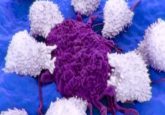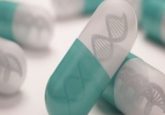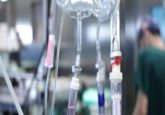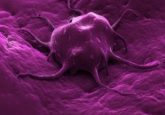Adjuvant chemotherapy and follow-up for recurrences in localized testicular cancer
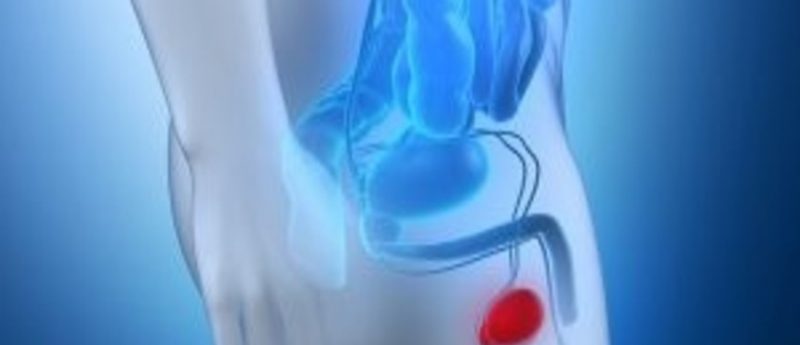
Patients diagnosed with testicular germ cell tumor (seminoma and nonseminomatous germ cell tumor [NSGCT]) have one of the best prognoses of malignant neoplasms [1]. Following orchiectomy for stage I (testis confined) disease, management options include adjuvant chemotherapy and active surveillance. Although chemotherapy is associated with lower risk of relapse compared with surveillance, the long-term survival is excellent in both cases given the tumor’s exquisite sensitivity to cytotoxic drugs, particularly to bleomycin, etoposide and cisplatin (BEP).
Tumor size of >4 cm and rete testis invasion were previously shown to be associated with increased risk of relapse for stage I seminoma, with rates of 31.5, 15.9 and 12.2% in those with both-, one- and no-risk factors, respectively [2]. These are now often utilized to facilitate decision making between adjuvant chemotherapy and active surveillance. Single-dose carboplatin (AUC7) has become a standard treatment for stage I seminoma following the MRC TE19/EORTC 30982 trial which demonstrated noninferiority of carboplatin compared with adjuvant radiotherapy [3]. This study did not divide patients according to their risk groups, although most centers would now recommend active surveillance for low-risk patients and only consider carboplatin for those with risk factors [4–6]. A number of other studies have reported overall recurrence rates of 1.5–6.2% following adjuvant carboplatin compared with 8.2–14.3% with active surveillance [7–11]. Differences in the efficacy of carboplatin could be related to the patient number, regimens (e.g., one vs two cycles) and underdosing of carboplatin.
